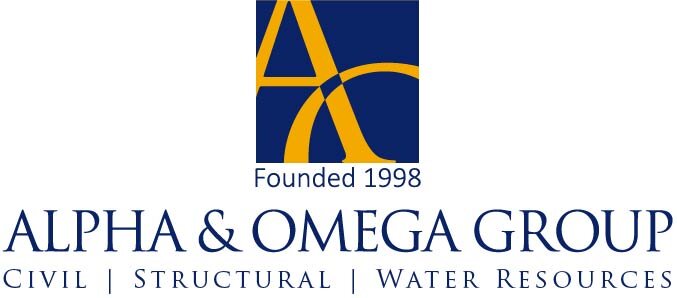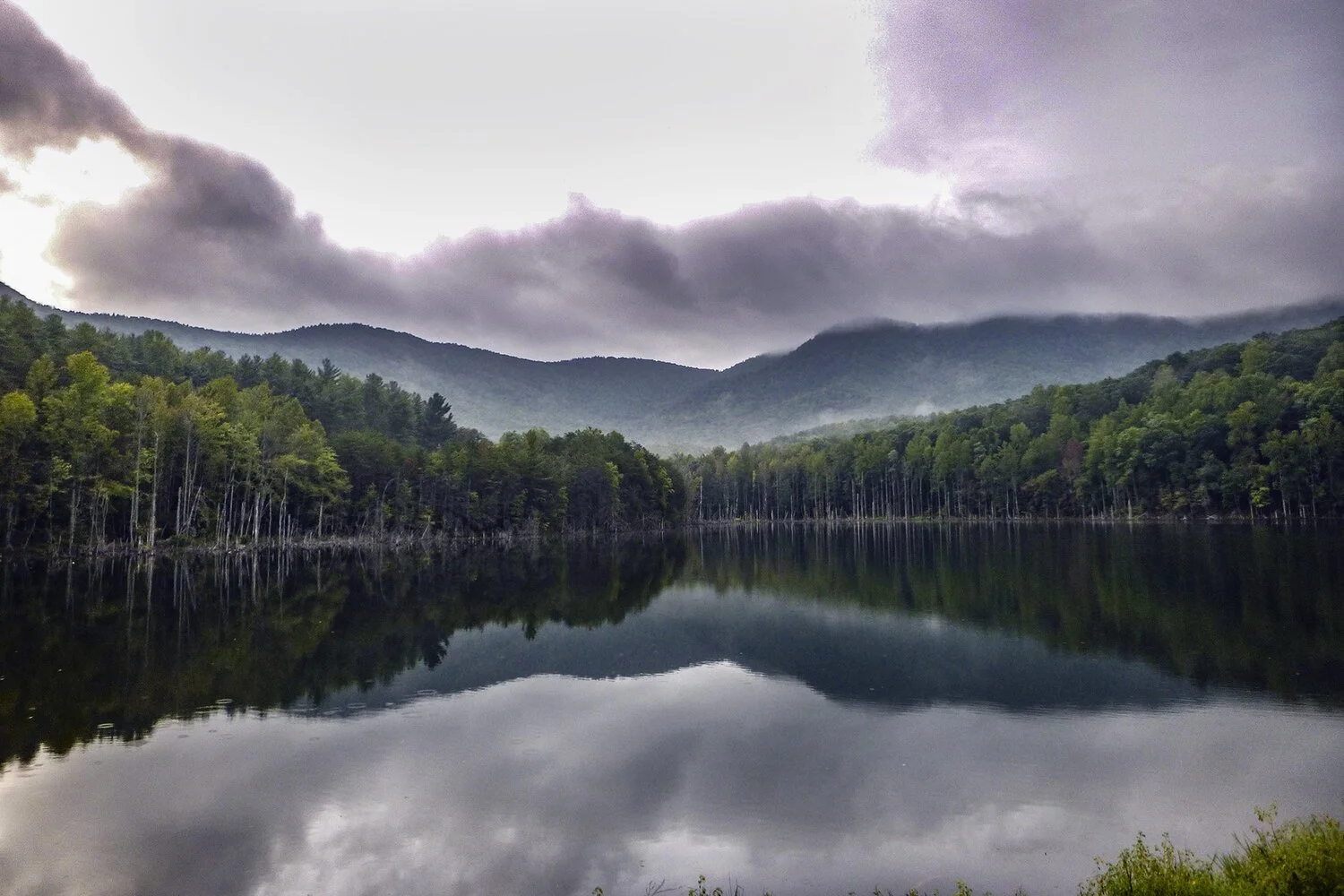Establishing a Productive Environment: Step One - Decluttering the Office
/In our dynamic world, one thing that remains constant is change. All industries have been affected by changes in technology and how we produce our work in the 21st century. Engineering is no exception. A&O’s leaders, Ted Bartelt, PE, and Glenn Zeblo, PE, have witnessed a transition of reliance on documents, drawings, and bluelines produced and delivered on paper, to digital files that can be delivered electronically, through cloud and file transfer systems.
In the 20 years of A&O history, a lot of clutter has accumulated in our office. Sure, we’ve organized clean-up days, but in general, our office has been filled with an ever-growing collection of file cabinets, drawers, closets, and boxes filled with paper. In the earliest days of transition to digital information, it is easy to understand why it would be necessary to keep paper as a back-up in case electronic systems fail or are accidently erased. But over time, electronic storage capacities have improved and expanded, so now there no need to keep much paper.
However, our files on the computer are not as well-organized as they should be. Company President Ted Bartelt said, “I don’t have any problem getting rid of the paper if I know we have scanned and saved it to the computer. For me, I let things pile up because I wanted to know what direction we are going with our electronic filing system.” He added that often, when he searches for a file on the computer, he is unable to find it, so he ends up recreating it.
Projects, reference documents, marketing material, accounting, human resources, and other digital files are referred to by different names by different people in the company, said Jeff Goodin, IT director. “This leads to a Tower of Babel effect when we go to search for information about the projects,” he pointed out.
To solve the problem of clutter, A&O hired professional organizer Barbara Hemphill, founder of Barbara Hemphill, LLC, based in Raleigh. Barbara’s message on her company’s website is that unnecessary office clutter slows down productivity and creates stress, frustration, and low morale among staff. “Many organizations don’t realize the cost of their unproductive environment,” she said. Because of a lack of organization, clutter can cause staff to spend too much time searching for the things they need, wasting companies time and money.
The first step in the process of decluttering A&O’s office was to meet with Barbara to discuss the plan. She introduced her SYSTEM (Saving You Space, Time, Energy, and Money) strategy to A&O’s staff. To prepare staff for the workday, she asked us to consider the following questions:
- What information do we need to keep?
- In what form and where?
- For how long?
- Who is responsible for filing it?
- Who needs access to it?
- How do we find it?
- How is it backed up?
Her challenge was to get everyone involved. The following week, Barbara returned for our workday. The main emphasis that day was to dispose of paper. Barbara arrived in the office at 7:30 am and the team worked until 12:30, when we broke for lunch. Our strategy consisted of tossing everything on paper that had been digitalized, then determining whether each piece of paper was necessary to keep, said office administrator Emily Daugherty. “We all started with our own workspaces, and then went through file cabinets, desks, and closets,” she said. “If we needed the paper, we kept it – but ultimately, the goal was to make those items digital and to get rid of all the paper.”
Barbara had us set up three categories of items for the clean-up. The shredding pile was for sensitive documents in which privacy or security is a concern. We decided that because we were limited to a half day, rather than try to decide whether a document fit the sensitive category, we would simply shred all the paper that needed to be disposed of. The next pile was “trash to treasure” for items that people no longer wanted, but thought someone else might like to have, and the third pile was a staging area for items that we were unsure what to do with.
At the beginning of the morning, some staff had work to complete and were not involved in the clean-up, but by the end of the morning, everyone was participating. “It’s a team-building experience,” said Barbara. “Many hands make light work, and by the time we finished, the team was working quite well together.”
Emily agreed. “We had a lot of fun. We found a lot of interesting old documents. I learned what a blueline is,” she said, referring to the old technology of reproducing engineering drawings with ammonia vapor.
Emily said decluttering the office of paper improved the atmosphere of the office. “Even just walking in the next day, it felt lighter.”
“It’s a big relief for me,” said Jeff. It uncluttered a lot. Now there is less distraction of the white noise of all that paper.”
The next step in the process will be to better organize computer files. Someone will be assigned to each area of the network drives to reorganize files according to a naming convention that will be standardized among each area, making files more searchable. In naming computer documents and files, said Barbara, it is important to consider all the ways a person might look a project up. Project numbers, dates, key words, or clients may all be important in this consideration, she said.
Throughout the process of becoming better organized, we will improve our efficiency and productivity, enabling us to serve our clients better. Our work environment will be cleaner and more relaxed, which will mean less stress for each of us. “Learning to create and sustain a productive environment means you control the things you can control,” said Barbara, “so you can better cope with the things you can’t.”








